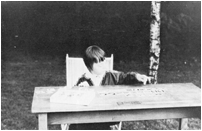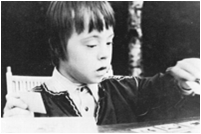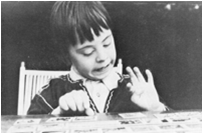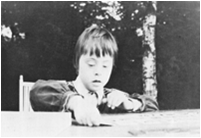At the age of 3, a disfiguring physiognomy, standing and walking only with support, patient doesn’t recognize the parents. At this time, she, after-ripening-treatment of Haubold, begins. Four experts negate the possibility of the treatment. The case goes before the German Federal social court.
Down Syndrome
DOWN SYNDROME BEFORE AND AFTER TREATMENT
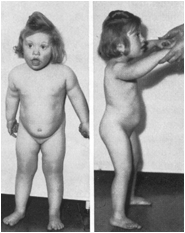
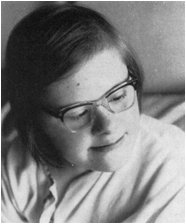
At 14 years of age, Uta attends the 4th grade of a normal school, reads, writes and counts (with mistakes) up to 100. At 21 years of age Uta works in a hospital as a nursing assistant, rides a bus daily to work in the city, and even has a medical insurance that covers all but the treatment of any disease(s) due to Down syndrome.
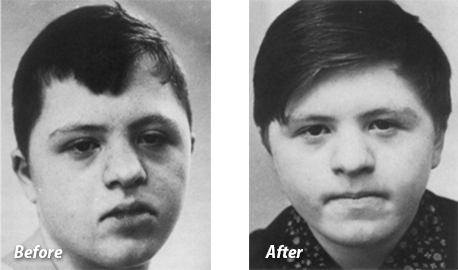
Comparison of a physiognomy of a boy who began treatment late at the age 9 1/2 (Before), and his condition at the age 10 1/2 (After).
Physiognomy of Down syndrome child that received treatment from four to ten years of age
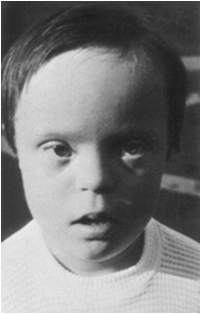
Before
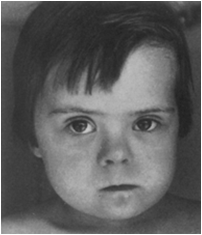
Before

During
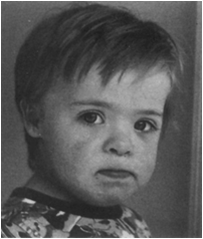
During
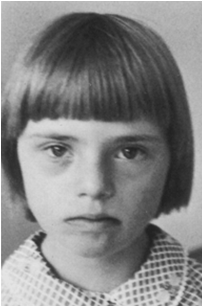
After
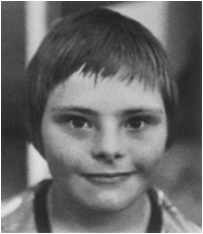
After
Physiognomy of Down syndrome child treated from late infancy on
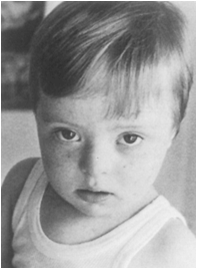
Before
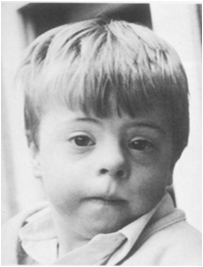
During
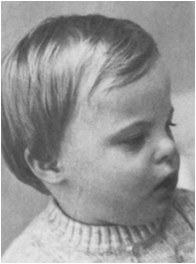
After
Physiognomy of Down syndrome child treated since infancy

Before
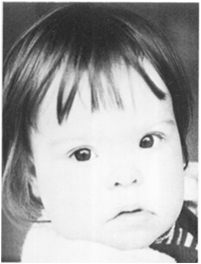
Before
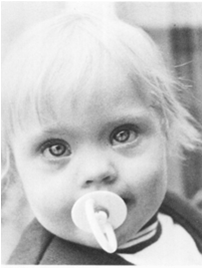
Before
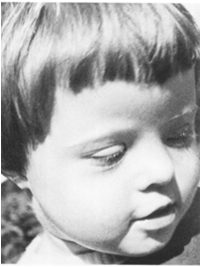
Before
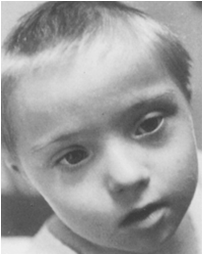
During
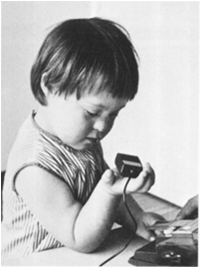
During
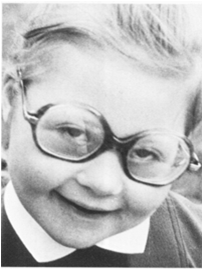
During
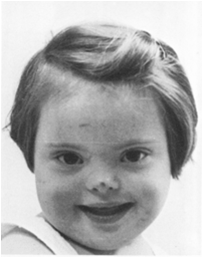
During
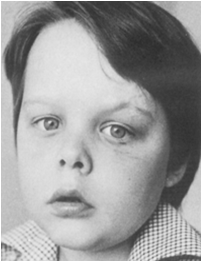
After

After
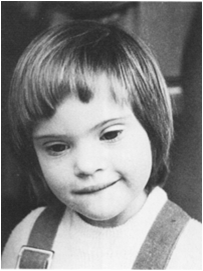
After
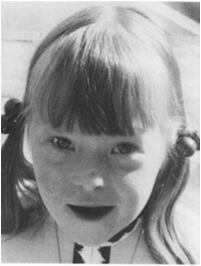
After
Physiognomies of Down syndrome children, whose treatment began after 2 years of age, now between 5-12 years of age
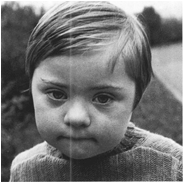
Before
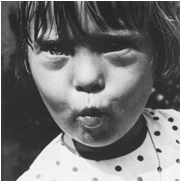
Before
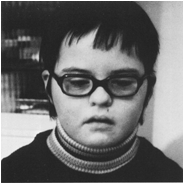
During
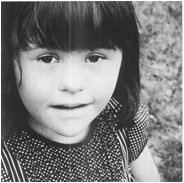
During
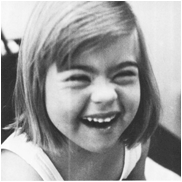
After
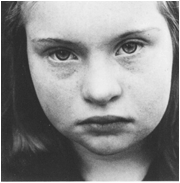
After
Pigmentary type of Down syndrome (Traviata type). Physiognomies at different ages. This type is marked by darker skin pigmentation, dark hair and relatively big, expressive eyes.
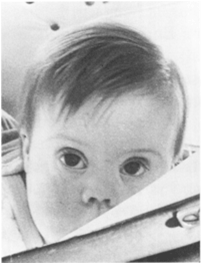
Before
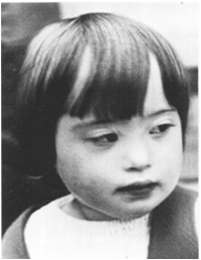
Before
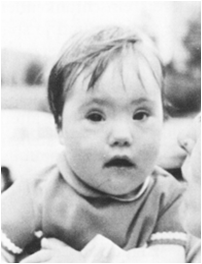
Before

During
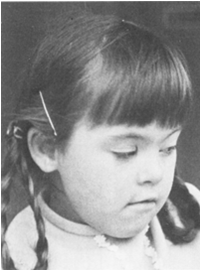
During

During

After
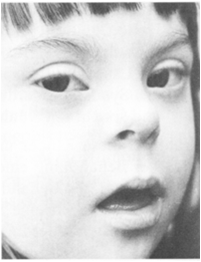
After
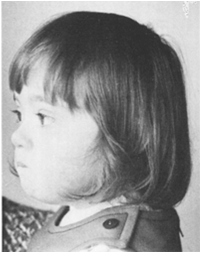
After
Series of photographs of a Down syndrome child from the family album: between 2 and 4 years of age.
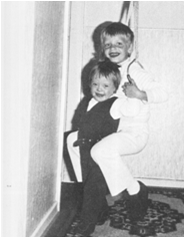
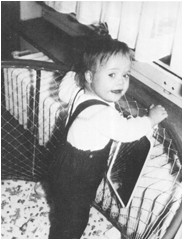

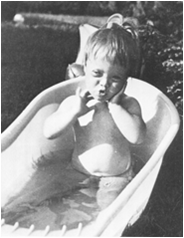
Alopecia of the reddish-blond type of Down Syndrome:
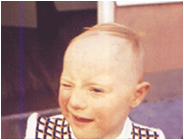
Before treatment at age 6½

Seven months after the beginning of treatment

Hair 2½ years after start of treatment
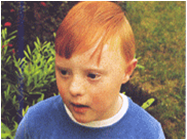
2½ years after start of treatment
Photographs of an awkward, hypodynamic type of Down Syndrome during the treatment

Before
At 1 1/2 years of age; severe expressive (physiognomic) distortion

During
At 2 1/2 years of age controlled expression; macroglossia; delay of static development
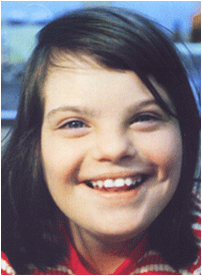
After
At 10 years of age controlled, clear facial expression; patient can speak fluently, reads books, and writes accurately
The pictures show the transformation from an uncontrolled mimicry, to a glassy stare, to a sociable facial expression
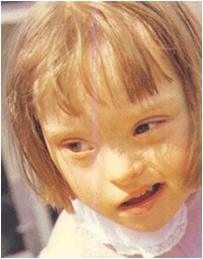
7 years old
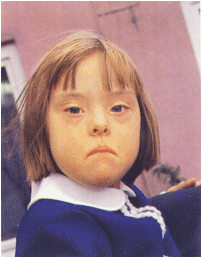
8 years old
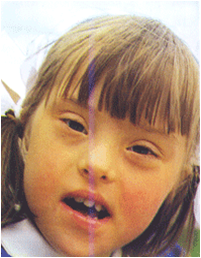
9 years old
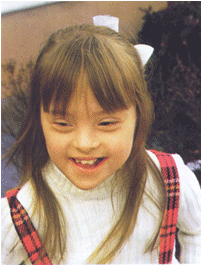
10 years old
Progress of expressive (physiognomic) changes of a Down syndrome child
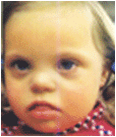
Before
At 1 year of age
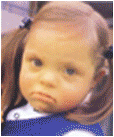
During
At two years of age

After
At four years of age
Highly stigmatized Down syndrome girl from a high Alpine valley who, at 2.5 years of age,
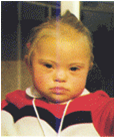
was unable to speak; was restless, worrisome, and unmanageable
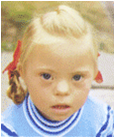
six months after the beginning of treatment, the child already maintains eye contact and pays attention
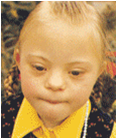
After four years of treatment – at 6 1/2 years of age, and after attending a normal kindergarten, the child speaks German and Italian, is enrolled in primary school on a trial basis.
Progress of a Down syndrome boy at:

Before
1 1/1 years of age
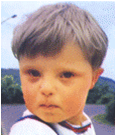
During
at three years of age

After
at nine years of age
Down syndrome boy with chronic infections
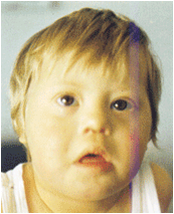
at the beginning of treatment
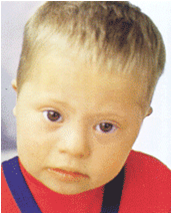
five months later
Down syndrome girl with chronic infections
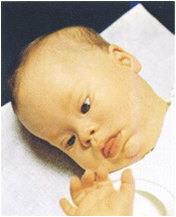
Before
highly stigmatized facial expression
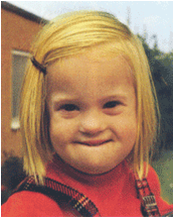
After
considerable normalization of facial expression after five years of treatment
Down syndrome girl at seven months of age before treatment

Before
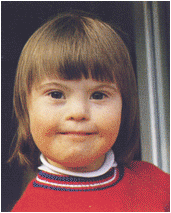
After
after 4.5 years of treatment
Photographs of a Down syndrome boy between two and seven years of age (a-f) from the family album



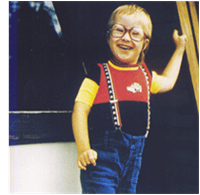

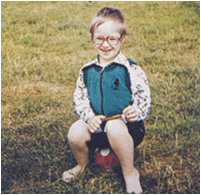
Characteristic change of appearance, mimicry, and pigmentation, of four Down syndrome children under treatment from age two to eight

Physiognomy and appearance (phenotype) of Down syndrome children treated from ages five to fourteen

Facial expression and appearance of Down syndrome children under treatment since one year of age

Representative cross-section of the appearance of treated Down syndrome boys from age four to fourteen

BOY : Marcus
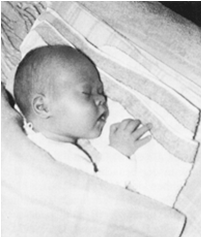
Marcus as an infant
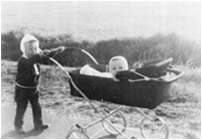
Marcus and his younger sister.
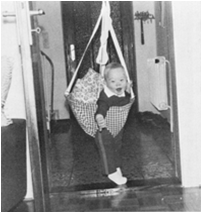
Still unable to walk
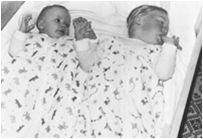
The siblings in a sleeping bag
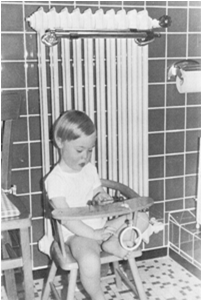
Marcus on the potty
Play is hard work for the small boy. Marcus “works” with educational toys (coordinating, assigning).
